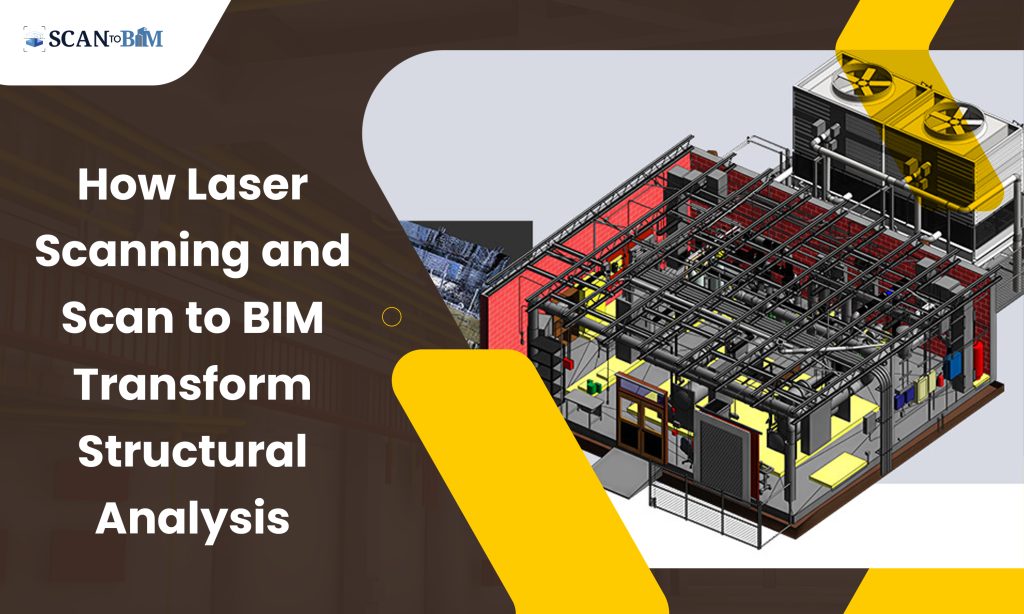
Introduction:
In the AEC sector, technology continues to play a crucial role in revolutionizing traditional methodologies. One such groundbreaking innovation is the Scan to BIM (Building Information Modeling) process, powered by laser scanning technology. This powerful combination not only facilitates accurate representation of existing structures but also serves as a potent tool for identifying and addressing structural issues in buildings.
Understanding Scan to BIM:
Scan to BIM is a process that involves utilizing laser scanning technology to capture precise and detailed information about a physical structure. This data is then converted into a digital Building Information Model, providing architects, engineers, and construction professionals with a comprehensive and accurate representation of the building. The process helps in minimizing errors, enhancing collaboration, and streamlining the overall construction workflow.
The Laser Scanning Advantage:
Laser scanning stands out as a key enabler in the Laser Scan to BIM services. This technology employs laser beams to rapidly capture millions of data points across the surfaces of a structure. The result is a highly detailed and accurate 3D point cloud, which serves as the foundation for creating the BIM model and is called as Point Cloud Modelling. Laser scanning is non-intrusive and allows for the capture of as-built conditions with minimal disruption to ongoing operations.
Identifying Structural Issues:
One of the most significant advantages of Scan to BIM is its capability to identify structural issues in existing buildings. Here’s how laser scanning contributes to this crucial aspect of structural analysis:
1) Precision in As-Built Documentation: Laser scanning captures the intricate details of a building’s geometry, providing a precise representation of its current state. This as-built documentation is invaluable for identifying discrepancies between the original design and the actual construction, shedding light on potential structural issues.
2) Detection of Deformations and Settlements: Over time, buildings may experience deformations or settlements that can compromise their structural integrity. Laser scanning can detect subtle changes in the structure, enabling professionals to identify potential issues early on. Taking a proactive stance enables timely interventions to avert additional harm.
3) Crack and Vibration Analysis: Laser scanning facilitates the accurate measurement of cracks and structural vibrations. By visualizing these details in the BIM model, engineers can analyze their impact on the building’s stability. This level of insight is crucial for devising effective repair and reinforcement strategies.
4) Clash Detection and Interference Analysis: The Scan to BIM process facilitates clash detection, pinpointing potential conflicts among various building elements. This proves crucial, especially when evaluating the repercussions of renovations or additions on the current structure. Addressing clashes in the digital model helps avoid on-site complications during the actual construction phase.
5) Material Deterioration Assessment: Laser scanning can capture material deterioration, such as corrosion or wear and tear, in great detail. Understanding the extent of these issues aids in developing maintenance plans and prioritizing repairs, ensuring the longevity and safety of the structure.
Conclusion:
The merger of laser scanning and Scan to BIM has ushered in a new era of precision and efficiency in the field of structural analysis. The capability to pinpoint and resolve potential issues in existing buildings with unmatched precision is revolutionizing the approach of architects, engineers, and construction professionals to their tasks.
As technology continues to advance, the Scan to BIM process, powered by laser scanning it is certain that it will play a crucial role in influencing the future of the construction industry, ensuring safer, more resilient structures for generations to come.